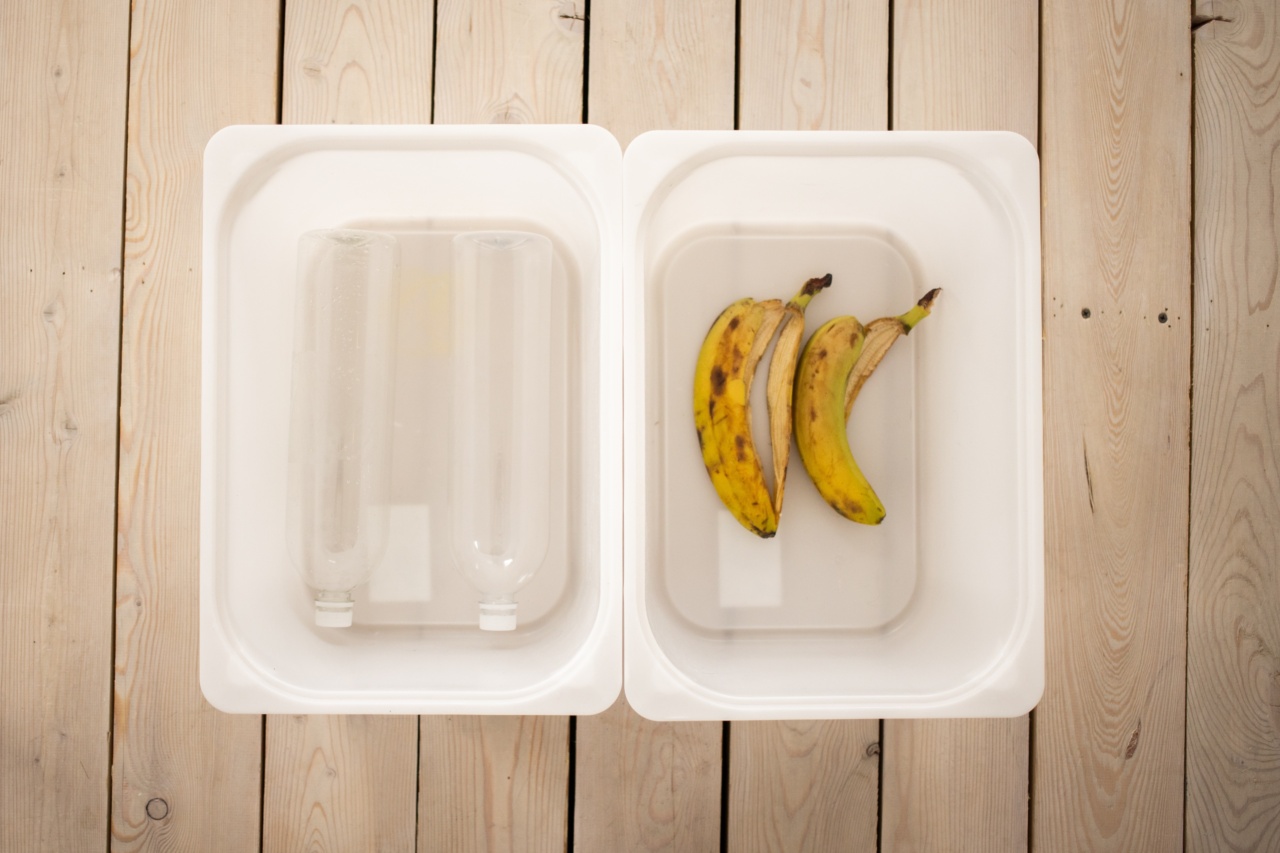For years, the design of hospitals has been a contentious issue among architects, healthcare facilities, and patients. The discussion centered on how hospitals could be designed to promote healing and recovery.
While different factors influence recovery, one of the overlooked contributors is natural light. Research has shown that natural light has a significant impact on patients’ health outcomes and can improve hospital employees’ satisfaction and productivity.
The benefits of natural light in a hospital setting
Natural light is often associated with the sun’s beneficial effects on health. Sunlight has long been known to improve skin, boost mood, regulate sleep cycles, and promote vitamin D production.
However, natural light goes beyond improving health to provide other benefits in a hospital setting. Here are some of the recognized benefits of natural light in a hospital:.
1. Better Pain Management
A 2014 study in the Journal of Advanced Nursing found that patients who had access to natural light in their rooms complained less of physical pain than those with only artificial light.
Patients were able to manage their pain better in natural light, which contributed to faster recovery times, less medication use, and better sleep.
2. Improved Circadian Rhythm
The human body is governed by an internal body clock, also known as the circadian rhythm. The rhythm is primarily managed by light, and hospitals with natural light can take advantage of this fact to improve patient outcomes.
Patients who spend significant time in windowless hospital rooms have disrupted circadian rhythms that can cause insomnia, depression, and slow recovery. The exposure to natural light can help their bodies get back on track and promote a healthy circadian rhythm.
3. Reduced Stress and Anxiety
Pain, illness, and other medical conditions can cause extreme stress and anxiety, leading to poor health outcomes. Natural light has been shown to have a calming effect on patients, decreasing the likelihood of stress, anxiety, and depression episodes.
Additionally, natural light can help improve a patient’s mood, making their experience in the hospital more positive.
4. Increased Staff Performance
Doctors, nurses, and other hospital staff are critical to the patient’s recovery process. However, they can experience significant work-related stress and burnout, affecting their productivity.
Natural light can help improve their mood, decrease stress levels, and promote energy levels, essential for the high-stress environment they work in.
5. Energy Savings
Aside from medical benefits, natural light also has economic benefits. Hospitals that incorporate natural light can significantly reduce their energy consumption and cost, especially during the day when sunlight is available.
As a result, hospitals can redirect the energy savings to patient care or other necessary improvement projects.
Design factors for natural light in the hospital
While natural light can significantly contribute to a hospital’s recovery process, it is not as simple as opening a few windows or adding skylights.
The design and architecture of hospital buildings must be carefully planned to ensure that patients and staff can benefit from natural light. Here are some of the design factors that hospitals must consider when integrating natural light into their spaces:.
1. Window Framing and Placement
Windows are the central access point for natural light in a hospital. Therefore, they must be strategically placed and designed to maximize the volume of natural light.
Hospital administrators should consider the placement, size, and framing of windows to take advantage of the most useful light possible.
2. Daylighting Control
Sunlight can also be distracting for patients and the hospital staff. Excessive light and glare can cause discomfort and cause patients to squint or suffer from headaches.
Hospitals must incorporate daylighting control measures like adjustable blinds, curtains, or automated shading systems to regulate the amount of natural light in a room.
3. Color and Material Choices
The color and materials used in hospital settings can have a significant impact on the space’s ambiance and natural light flow. Colors like white, eggshell, or pale yellow can help reflect natural light and spread it evenly throughout the room.
Materials like glass, which is transparent and reflective, can also enhance natural light’s effect in a hospital.
4. Lighting Design
Natural light cannot entirely replace artificial light, especially in hospitals where light levels must be maintained consistently around the clock.
Lighting design is essential, and experts must be consulted to ensure that interior light fixtures complement the natural light while addressing safety concerns.
Conclusion
Natural light is an essential design consideration in any hospital setting to promote healing and recovery.
Hospitals must consider all relevant design factors when incorporating natural light into their spaces, including window placement and framing, daylight control features, color and material choices, and lighting design. By embracing natural light, hospitals can optimize patient outcomes, improve staff productivity and satisfaction and lower energy costs.



























